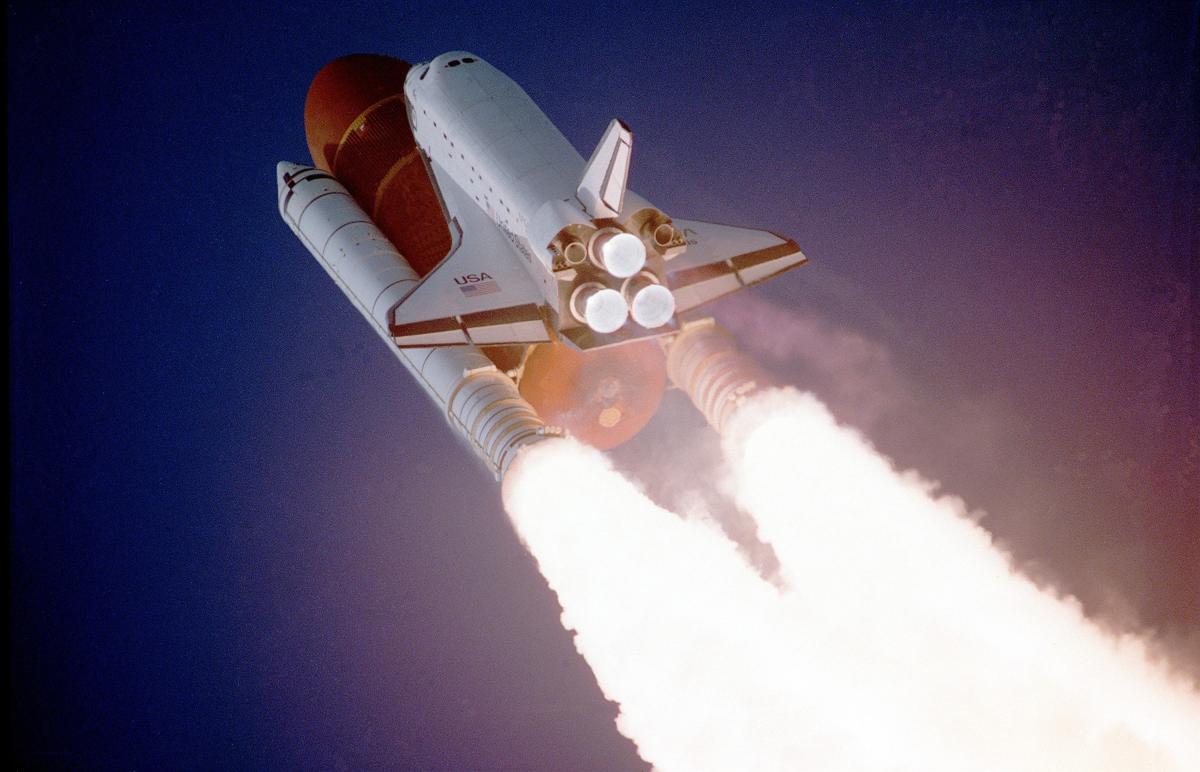
Angle of Propulsion
Students will design a balloon rocket. They will then create a fish line track for the rocket to follow. The track will be able to me modified to test different angles of ascent. This will allow students to discover by calculating the rate of ascent, which angle creates the best ascent rate.
Lesson Plan Link/URL
https://docs.google.com/presentation/d/1zCgKSIgkpBrIvn84RcSKwTfmr8V5Pty4/edit?u…Subject Area
Science Physical Science P3: Net Force Technology 3. Knowledge Constructor 4. Innovative Designer 6. Creative Communicator Engineering S2: Apply the Engineering Design Process S3: Apply Mathematics to Engineering Mathematics Geometry (G) Ratio and Proportion (RP) English Language Arts (ELA) Writing Speaking & ListeningRelated Content

Students will expand their knowledge of Newton's laws while building, launching and changing the design of paper rockets. This design and modeling exercise by JPL/NASA starts students off with a

This multi-day activity is designed for introductory 5th grade STEM after school club. On Day 1, each student will build and test a simple roller coaster following the teacher’s instructions. Students

This is the 3rd part of the lesson series where students will determine the thrust and stability of their water bottle rockets to answer their essential question: Using the Design Process how can we

